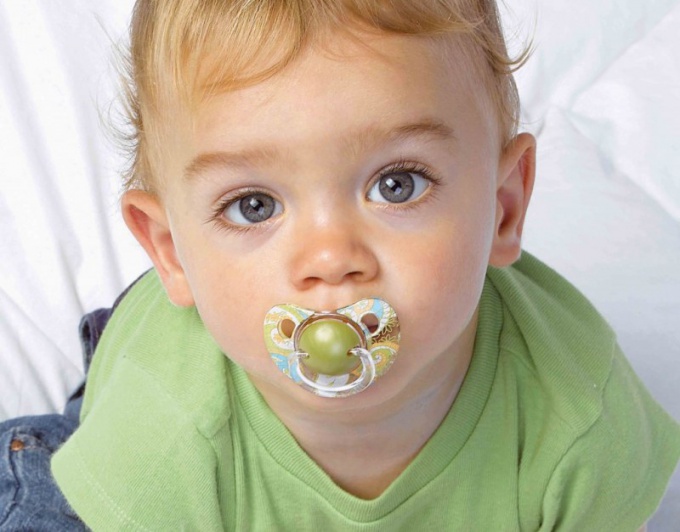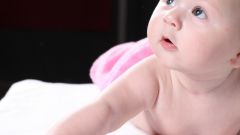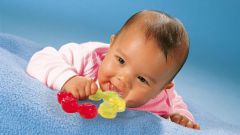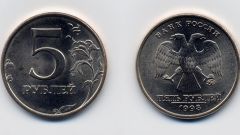Possible causes
Most babies start to shake your head about 5-7 months (older age), to serve this many kinds of factors. Of course, the baby may have a negative turn his head and during the game, just enjoying her new ability, but most often this indicates some health problems of the baby. For example, the reasons of such behavior can be:
-increased intracranial pressure;
headaches, otitis media, teething;
- problems in the tummy;
- rickets.
Note the General condition of the child, observe him, maybe he has some other characteristic symptoms. If the baby turns the head on the background of rickets, it can be determined by accompanying symptoms. Increased sweating of the whole body, especially the head, the hairs fall out and erased. It can bring baby much inconvenience, so he wags his head in an attempt to scratch the back of his head. For prevention of this disease, pediatricians strongly advise all children to take an additional vitamin D in spring, autumn and winter.
If your child is suffering from problems with his tummy, he blushes, turns, draws in legs, difficulty walking to the toilet and helplessly shakes head in the negative.
Maybe your kid chose the winding head, as a way to escape from some unpleasant stimuli, for example, teething or pain in the ears.
If you have passed a full medical examination and the doctor did not find any of the above diseases, you should not worry, it's not always winding head - worrying, maybe he just likes to perform new moves, have fun in this way. Some toddlers even so seasick themselves. Maybe the kid while doing so, just copy your gestures.
Parents how to behave
If it was discovered the disease, then, of course, you need to quickly take his medication. If not, you should not pay that much attention.
The winding head during sleep may cause injury, so you should worry about the safety of the child, to equip the bed is soft and bumpers check attachment.
Scary dreams can cause unconsciousness winding head in a dream, in these moments, it would be nice to gently Pat the baby on the head or back, your warm touch calms babies.




